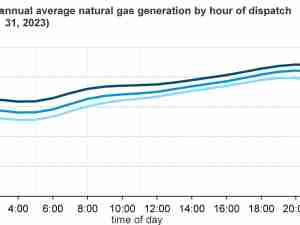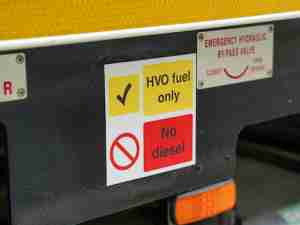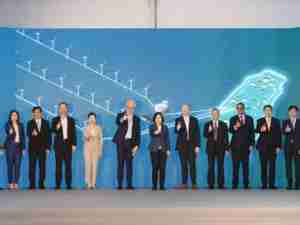Iran’s hardline President Ebrahim Raisi is facing fresh criticism over a gas crisis in a traditional heartland of support, adding to mounting tension over his ongoing brutal crackdown against anti-government protests.
For the past week, Iranian officials have warned of gas shortages and outages in the north and other parts of the country, where demand for energy is at record highs due to unusually cold temperatures.
On Saturday, tens of thousands of Iranians in the northeast Razavi Khorasan province — Raisi’s birthplace and where he wields considerable political influence — were left without gas to heat their homes after deliveries were cut. Four other provinces in the north have also been affected, and schools, state-run offices and even privately owned businesses across Tehran province were closed on Sunday.
The crisis comes as the Islamic Republic battles to suppress protests over the September death in police custody of 22—year-old Mahsa Amini, who had been detained for allegedly violating Iran’s strict dress code.
Unverified videos on social media showed people in the city of Torbat-e-Jam protesting over gas cuts, a sign that unpopularity for the ruling clerical system is growing as it struggles to suppress the broadest popular challenge to its authority since the 1979 revolution.
Iran controls the world’s second-largest reserves of gas and heavily subsidizes the commodity. Fuel problems have triggered major crises in the past, most recently in November 2019 when protests erupted after the government cut discounts and raised gasoline prices.
Security forces responded then by killing hundreds of demonstrators, according to rights groups.
Poverty Surge
Rising levels of public anger have also been driven by the worsening state of Iran’s economy, despite Raisi’s repeated pledges to improve it without the lifting of sanctions. Officials have questioned whether a 7,000-page economic plan that he’d touted during his 2021 election campaign actually exists.
The government “lacks coherence in the economic sector and that’s why we’re seeing rising foreign currency and inflation rates and less food on people’s tables,” lawmaker Moeineddin Saeedi said in an interview to Etemad Online on Dec. 31.
Raisi has often downplayed the impact of global isolation on the economy while overseeing a failed attempt to revive the 2015 nuclear deal with world powers that would have lifted sanctions.
The rial has lost 30% of its value since the death of Amini in September, hitting an all-time low against the US dollar last month.
Poverty levels have risen sharply. Citing a report by Iran’s Labour Ministry, the semi-official Tasnim news agency said on Jan. 3 that the estimated threshold for income poverty will increase by 70% to a median 28.5 million rials (about $67) per person per month in the current Iranian year through March, compared with the previous year.
The pace of inflation rose to near record highs in June and food prices soared after the government stopped providing importers with heavily subsidized foreign currency.
Feeble Exports
Iran can’t meet its own demand for gas because new capacity lags behind consumption, a fact that’s led to disruptions in energy exports to Turkey and Iraq.
The oil-rich Islamic Republic is also behind its peers in developing gas exports, mostly due to sanctions and under-investment in the sector. A 2022 claim by Oil Minister Javad Owji that Iran could help ease Europe’s energy crisis never came to pass.









